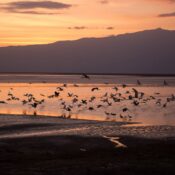15 Things You Need to Know Before Traveling to Tanzania
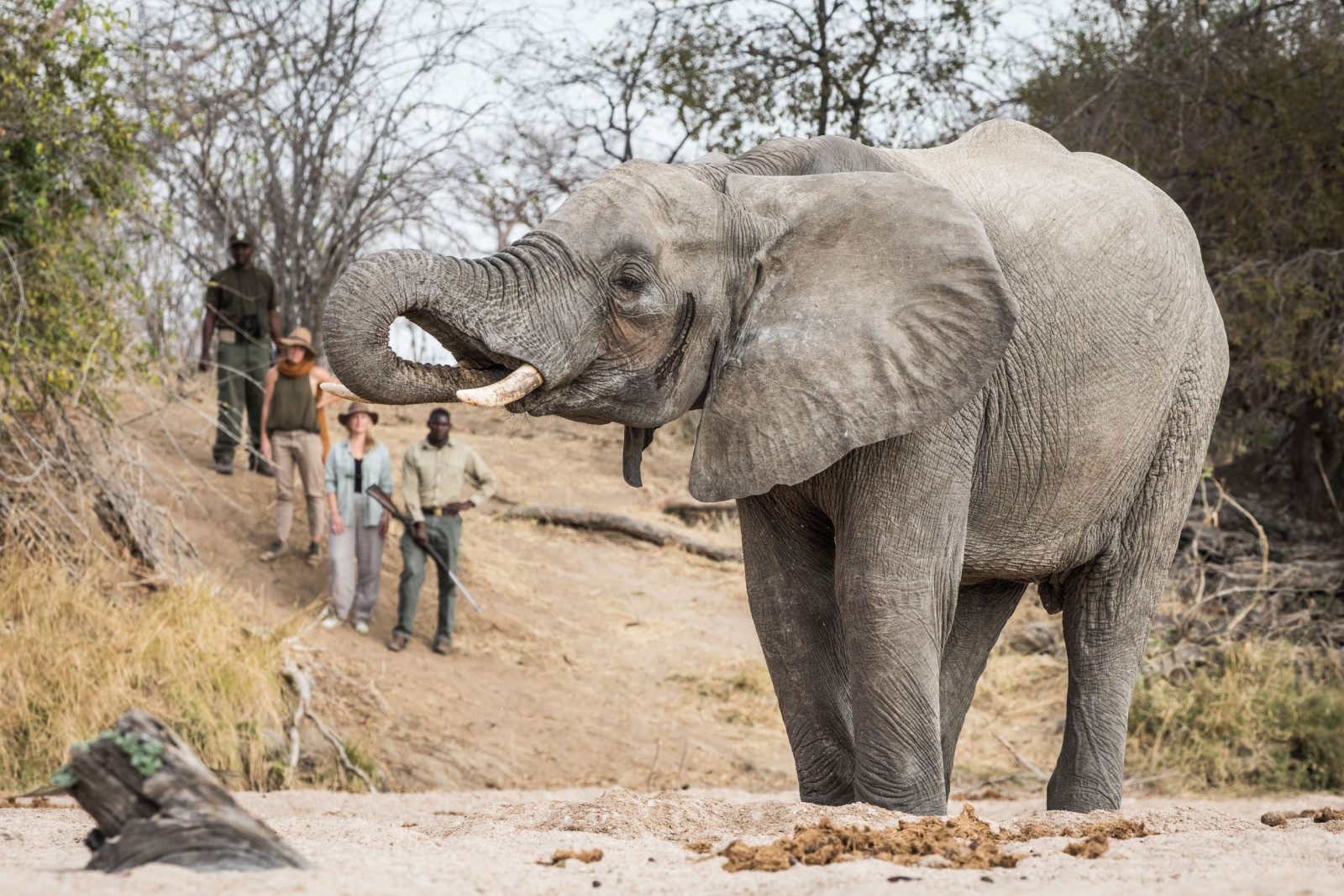
15 Things You Need to Know Before Traveling to Tanzania
Tanzania is a land of breathtaking landscapes, rich culture, and some of the most spectacular wildlife experiences on the planet. Whether you’re heading on a safari in the Serengeti, climbing Mount Kilimanjaro, or exploring the turquoise waters of Zanzibar, there’s a lot to prepare for before you go. Understanding local customs, travel logistics, and essential health precautions can make your trip not only enjoyable but also hassle-free. This guide will walk you through everything you need to know before stepping foot in this magnificent country.
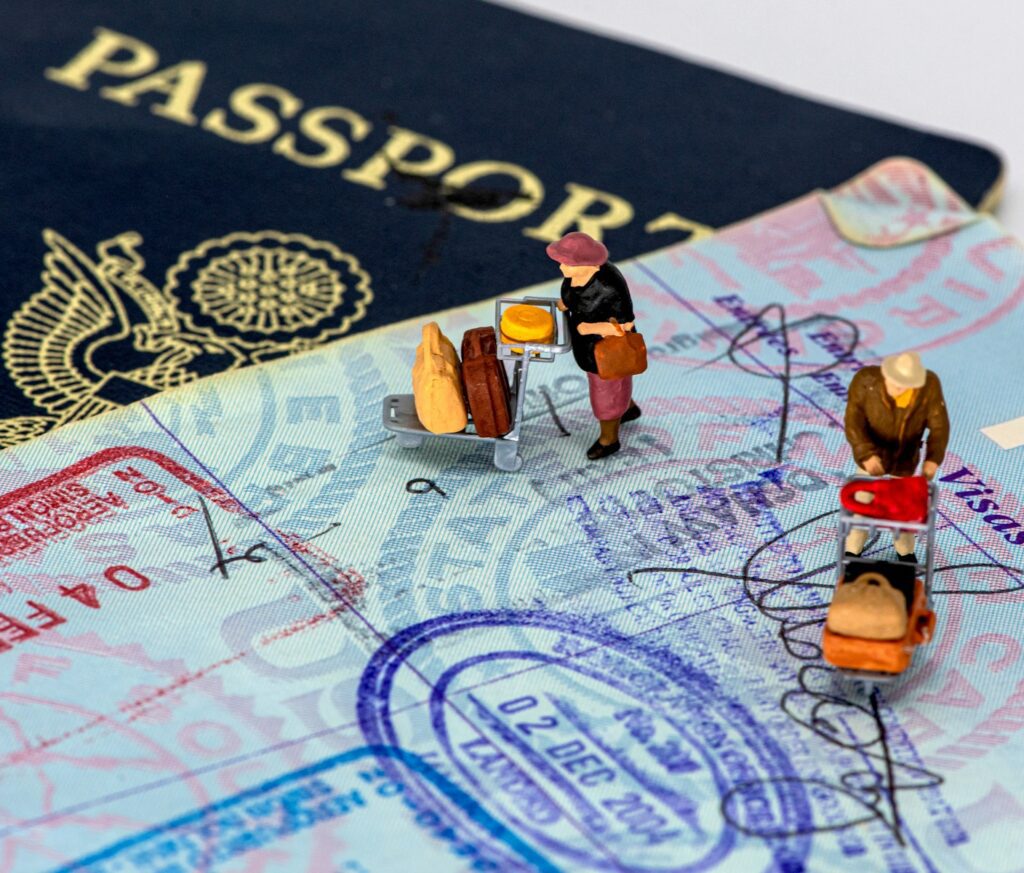
Table of Contents
Understanding the Visa Process and Entry Requirements
Before packing your bags, it’s important to sort out your visa requirements. Tanzania welcomes tourists from around the world, but most travelers will need a visa to enter. The process is relatively straightforward. You can either apply for an eVisa online before departure or obtain one upon arrival at major entry points such as Julius Nyerere International Airport in Dar es Salaam or Kilimanjaro International Airport near Arusha. The cost of the visa depends on your nationality, but many visitors pay around $50, while US citizens are required to pay $100.
While visas on arrival are available, it’s often more convenient to apply in advance to avoid long queues at immigration. Keep in mind that if you’re coming from a country where yellow fever is present, you’ll need to show proof of vaccination before being allowed entry.

Health and Vaccination Considerations
Traveling to Tanzania requires careful attention to health precautions. The country is located in a tropical region, which means there are certain diseases to be aware of before traveling. One of the biggest concerns is malaria. Since mosquitoes thrive in many parts of Tanzania, it’s essential to take anti-malarial medication as prescribed by your doctor before and during your trip. Sleeping under mosquito nets and using insect repellent are also important steps to minimize your risk.
Aside from malaria, it’s recommended to be up-to-date on vaccinations such as hepatitis A, hepatitis B, typhoid, and tetanus. Rabies vaccinations may also be a wise choice if you plan on spending time in remote areas or interacting with animals. Even if yellow fever vaccination is not mandatory for all travelers, it’s highly advisable to get it if you’ll be visiting other African countries before or after your stay in Tanzania.
Another important consideration is food and water safety. Tap water in Tanzania is not safe to drink, and it’s always best to opt for bottled or filtered water. Be cautious with raw foods, street food vendors, and salads washed in untreated water, as these can sometimes cause stomach issues.
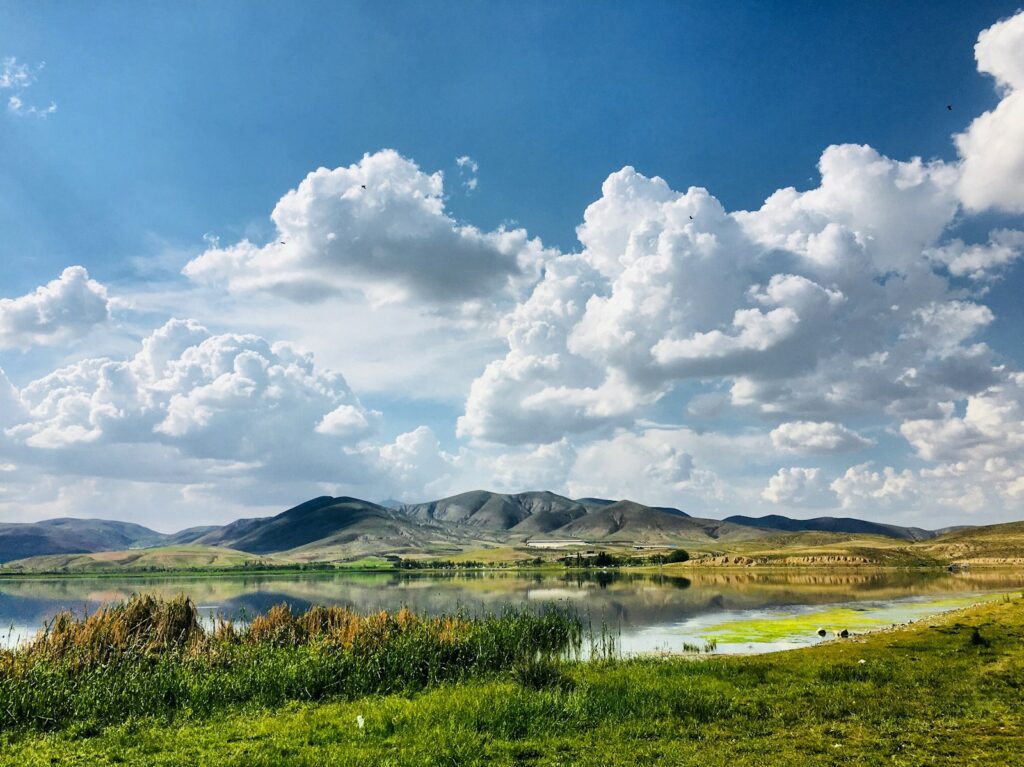
Best Time to Visit and Weather Patterns
Tanzania’s climate varies depending on the region and the time of year, so planning your visit according to your preferred activities is crucial. The dry season, which runs from June to October, is widely regarded as the best time for safaris. During this period, animals gather around water sources, making it easier to spot the Big Five—lions, elephants, buffaloes, leopards, and rhinos.
If witnessing the Great Migration in the Serengeti is on your bucket list, consider traveling between July and October when wildebeest and zebras cross the Mara River, dodging hungry crocodiles in a dramatic survival spectacle. On the other hand, if you prefer lush green landscapes, the wet season from November to May offers a different kind of beauty, especially for birdwatchers who can observe migratory species in their full glory.
For those planning to climb Mount Kilimanjaro, the best trekking conditions are typically found between January and March or from June to October. These periods offer clearer skies and lower chances of rain, making the ascent safer and more enjoyable.
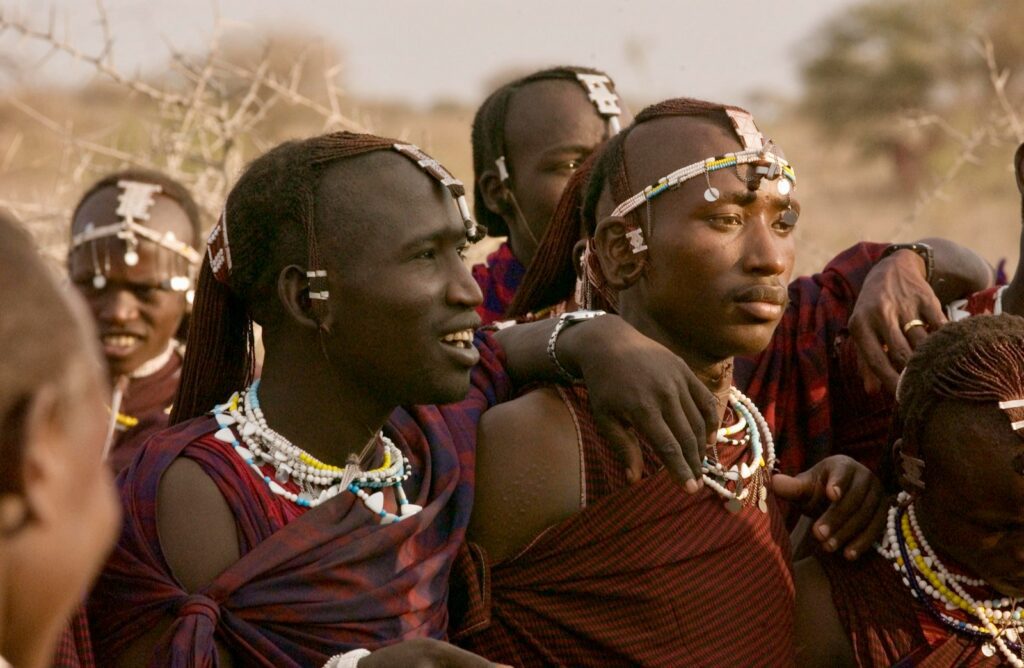
Cultural Etiquette and Social Customs
Tanzania is a culturally diverse country with over 120 ethnic groups, and respect for local customs is essential. Tanzanians are known for their warm hospitality, and greetings play a big role in social interactions. A handshake followed by friendly conversation is common, and it’s polite to inquire about someone’s well-being before jumping into a discussion.
Dressing modestly is particularly important, especially in rural areas and on the island of Zanzibar, where Islamic traditions are more prominent. Women should cover their shoulders and knees when visiting villages, markets, or religious sites. In urban centers like Dar es Salaam or Arusha, the dress code is slightly more relaxed, but modesty is still appreciated.
Public displays of affection should be kept to a minimum, as they are generally frowned upon in Tanzanian society. While Tanzania is welcoming to tourists, it’s always best to observe how locals interact and follow suit to ensure you show proper respect.

Getting Around: Transportation and Travel Logistics
Navigating Tanzania requires some planning, as distances between major attractions can be vast. The country’s public transportation system consists of buses, minibuses known as daladalas, and taxis. While buses can take you between cities affordably, they are often slow due to the condition of the roads.
For travelers looking to explore multiple regions efficiently, domestic flights are a convenient option. Airlines like Precision Air and Air Tanzania operate regular flights between major cities and popular tourist destinations like the Serengeti and Zanzibar. Charter flights are also available for those heading to remote lodges.
Renting a car is possible but not recommended unless you are an experienced driver in Africa. Road conditions can be challenging, and traffic laws are not always strictly followed. Hiring a private driver is a much safer and stress-free way to explore Tanzania’s landscapes.
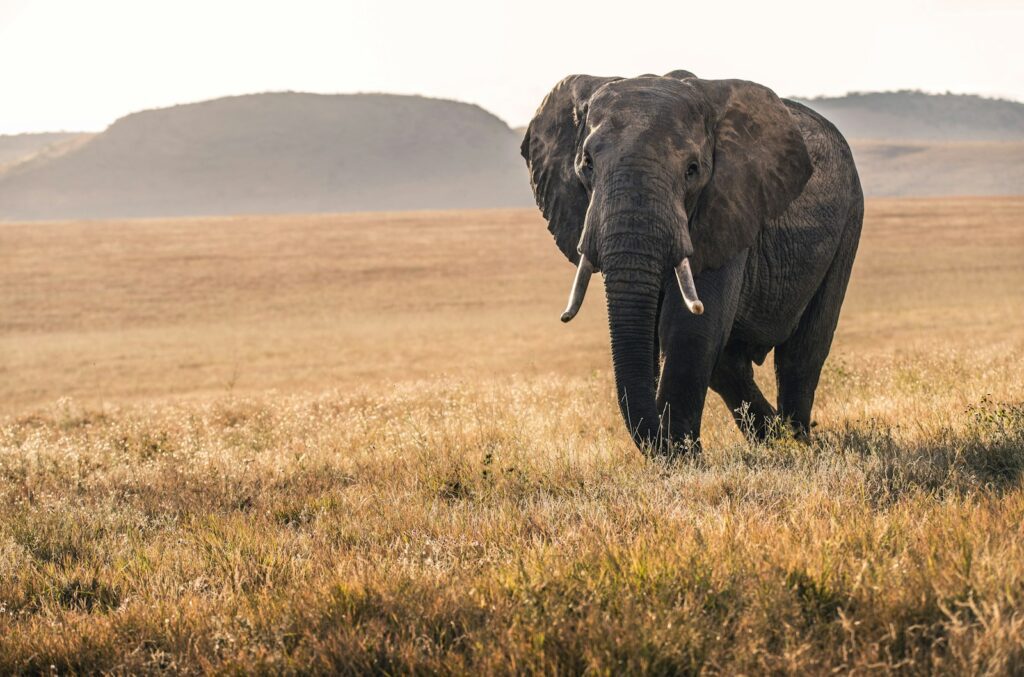
Wildlife and Safari Experiences
A trip to Tanzania would be incomplete without experiencing its incredible wildlife. The country boasts some of the most famous national parks in Africa, each offering a unique safari experience. The Serengeti National Park is world-renowned for the Great Migration, where millions of animals travel in search of greener pastures. The Ngorongoro Crater provides a natural enclosure for wildlife, making it one of the best places to spot the Big Five in a single day.
If you want to see large elephant herds, Tarangire National Park is a fantastic choice, while Ruaha National Park offers a more off-the-beaten-path safari with fewer tourists. No matter where you go, hiring an experienced guide will enhance your experience by providing insight into the behaviors and habitats of Tanzania’s magnificent creatures.
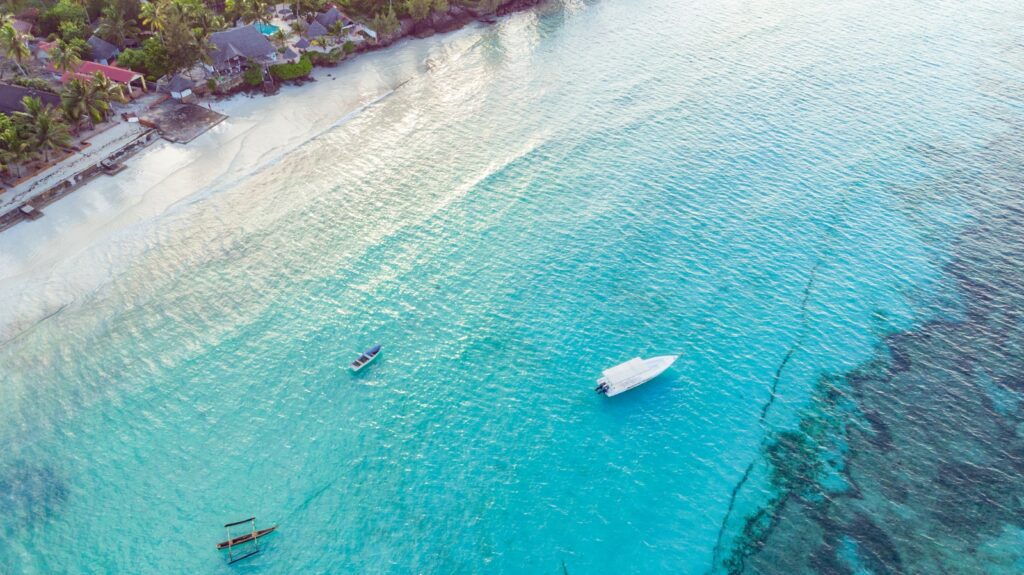
The Magic of Zanzibar: A Perfect Beach Getaway
After an action-packed safari, many travelers head to Zanzibar to relax on its pristine beaches. The island is famous for its turquoise waters, rich history, and vibrant culture. Stone Town, the historic heart of Zanzibar, is a UNESCO World Heritage Site with narrow streets, bustling markets, and ancient architecture influenced by African, Arab, and European traditions.
The beaches in Zanzibar are some of the best in the world, with soft white sand and crystal-clear waters perfect for swimming, snorkeling, and diving. Popular beach destinations include Nungwi, Kendwa, and Paje, each offering its own unique charm.

Budgeting and Costs: How Expensive is Tanzania?
Tanzania offers options for all types of travelers, from budget backpackers to luxury seekers. While safaris can be expensive, there are ways to explore the country without breaking the bank. Opting for group safaris, staying in guesthouses, and using public transportation can significantly cut costs. On the other hand, luxury lodges and private game drives offer unparalleled comfort and exclusivity.
In general, budget travelers can expect to spend around $50–$150 per day, mid-range travelers around $200–$400 per day, and luxury travelers over $500 per day.
Conclusion
Tanzania is a country that truly has it all—breathtaking landscapes, diverse wildlife, rich cultural traditions, and warm, welcoming people. Whether you’re drawn to the thrill of witnessing the Great Migration in the Serengeti, the challenge of climbing Mount Kilimanjaro, or the tranquility of Zanzibar’s pristine beaches, your journey to this East African gem will be nothing short of extraordinary.
Proper preparation is key to making the most of your adventure. Understanding visa requirements, taking health precautions, respecting local customs, and planning your itinerary based on the season can greatly enhance your experience. While Tanzania offers world-class safaris and luxurious getaways, it also provides budget-friendly options for those seeking an authentic and immersive trip.
The true magic of Tanzania lies not only in its landscapes and wildlife but also in its people. The warmth, resilience, and hospitality of Tanzanians create unforgettable connections that make every visit special. So pack your bags, embrace the spirit of adventure, and get ready to embark on a journey that will leave you with memories to cherish for a lifetime.
No matter where your travels take you in Tanzania, one thing is certain—you’ll leave with a deep appreciation for its natural wonders and a desire to return.
Recent Posts




